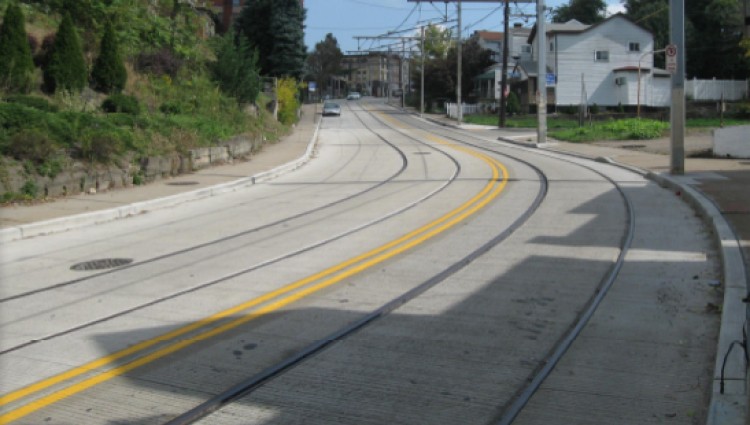For years State Departments of Transportation (DOTs) have invested significant time, money, and resources in conducting pavement surface condition surveys. More and more, these tests can be done at traffic speeds with complex systems of sensors and cameras to collect pavement condition data more efficiently than ever before.
The Federal Highway Administration (FHWA) tasked Transtec and WSP (formerly Wood) with researching successful quality assurance methods performed by state DOTs. This project led to the creation of a data quality framework that DOTs can use to enhance their Data Quality Management Plans (DQMPs), regardless of their network size and available resources.
Over the past decade, many DOTs have been transitioning from manual to high-speed semi-automated and automated pavement surface condition (PSC) data collection methods. Modern three-dimensional (3D) equipment has dramatically changed how data is collected and managed. These devices are equipped with multiple subsystems that simultaneously collect location information, road profiles, and high-quality video and 2D/3D imagery. Equipment vendors have developed proprietary algorithms and software for identifying and calculating faults, rut depths, crack types, crack lengths, crack severities, and other distresses from the data. The resulting distresses are then used to classify pavement conditions (e.g., good, fair, or poor) both at the national and state levels.
DOTs have decision trees that trigger maintenance for rehabilitation based on the pavement condition or distresses. Repeatable and accurate pavement condition data is essential in developing reliable condition indices and performance models. It helps DOTs understand why some pavements perform better than others and identify cost-effective solutions to pavement rehabilitation and preservation needs. Therefore, they must gather accurate data to save time and money on repairing the right roads at the right time.
Transtec’s FHWA DQMP report summarizes the priorities identified during the evaluation of all US State DOTs’ DQMPs. Certification of 3D equipment was a priority of most DOTs. Therefore, Transtec piloted the new American Association of State Highway and Transportation Officials (AASHTO) transverse pavement profiles (TPP) certification standards in three geographically diverse states: Alabama, Washington, and Pennsylvania. The lessons-learned from the pilot projects generated recommended revisions to those AASHTO standards to make them more practical for DOTs to implement. The final report also includes quality management standards, procedures, and successful practices to perform pavement condition data quality checks before, during, and after data collection.
Certifying the complex systems of integrated sensors and cameras and managing the vast amounts of data can be challenging for DOTs. Transtec isolated and addressed specific challenges, providing recommendations on how states can incorporate certification of 3D systems in their programs. Transtec is currently working with the Transportation Pooled Fund (TPF)-5(354) and TPF-5(299/399) to develop a 2D/3D Viewer Program within its national standard Profile Viewing and Analysis software (ProVAL) to allow DOTs to perform quality checks on vendors’ data in the AASHTO MP 47 data standard format. Future ProVAL module will also include a TPP certification module to assist states in implementing these TPP standards.




